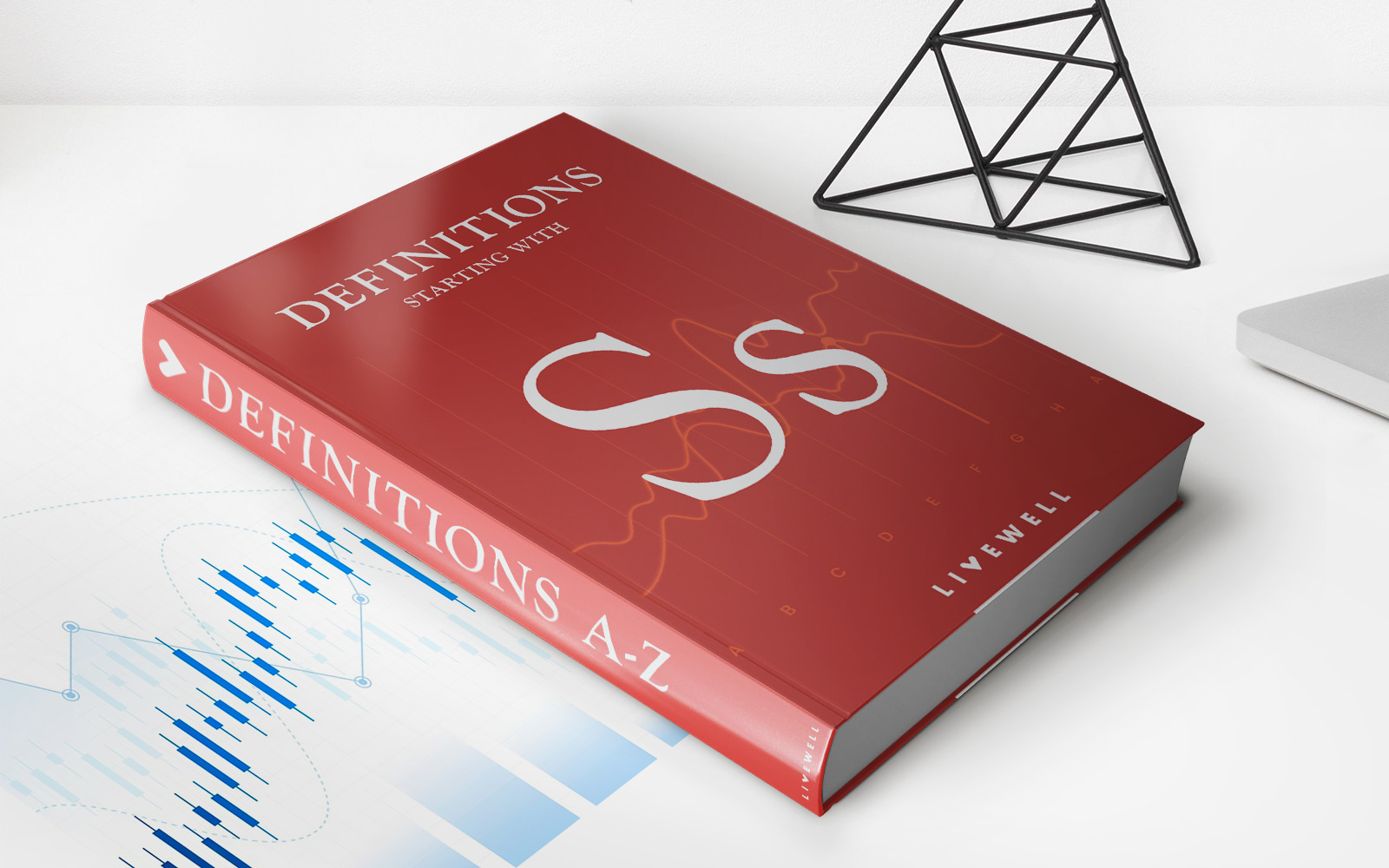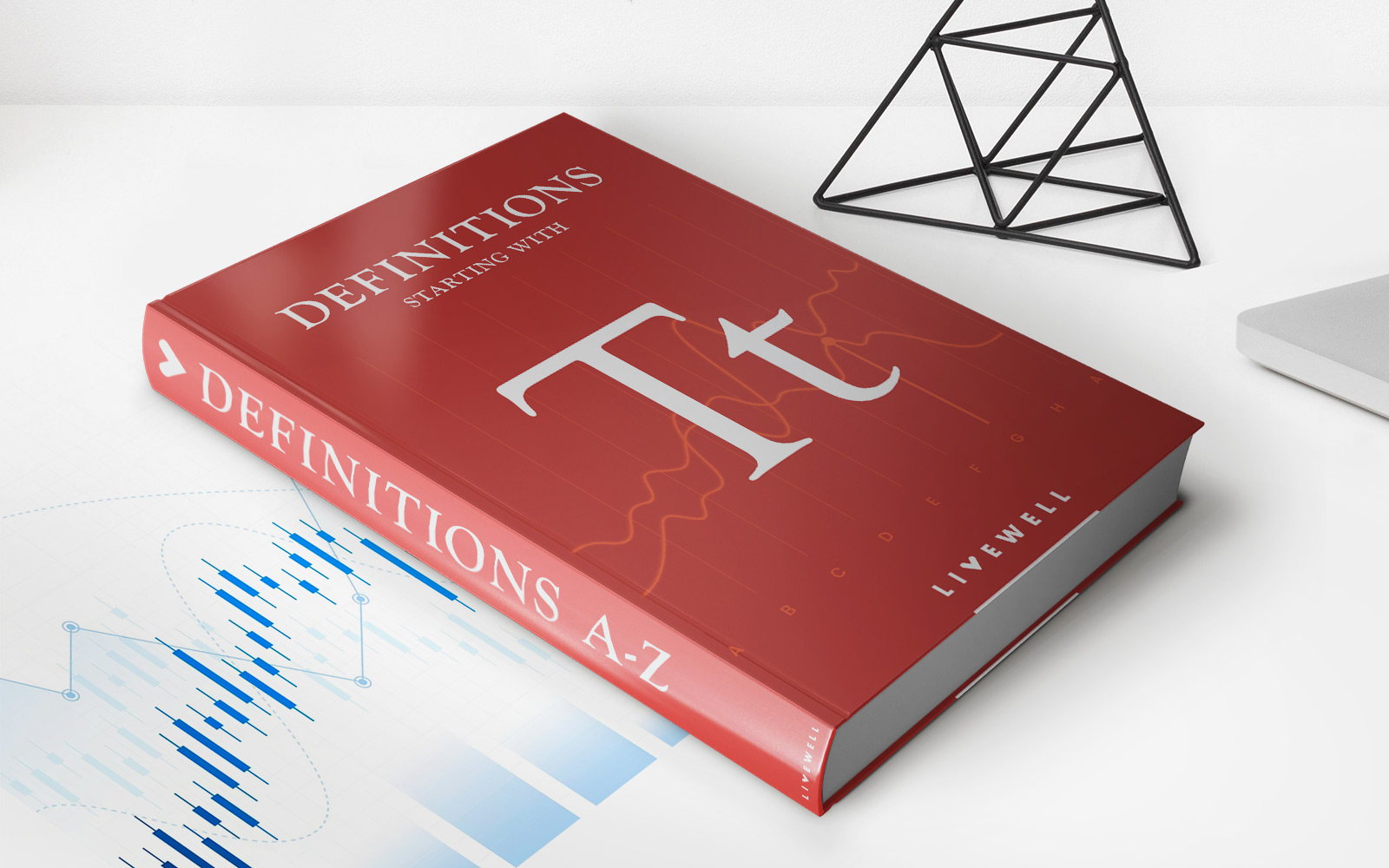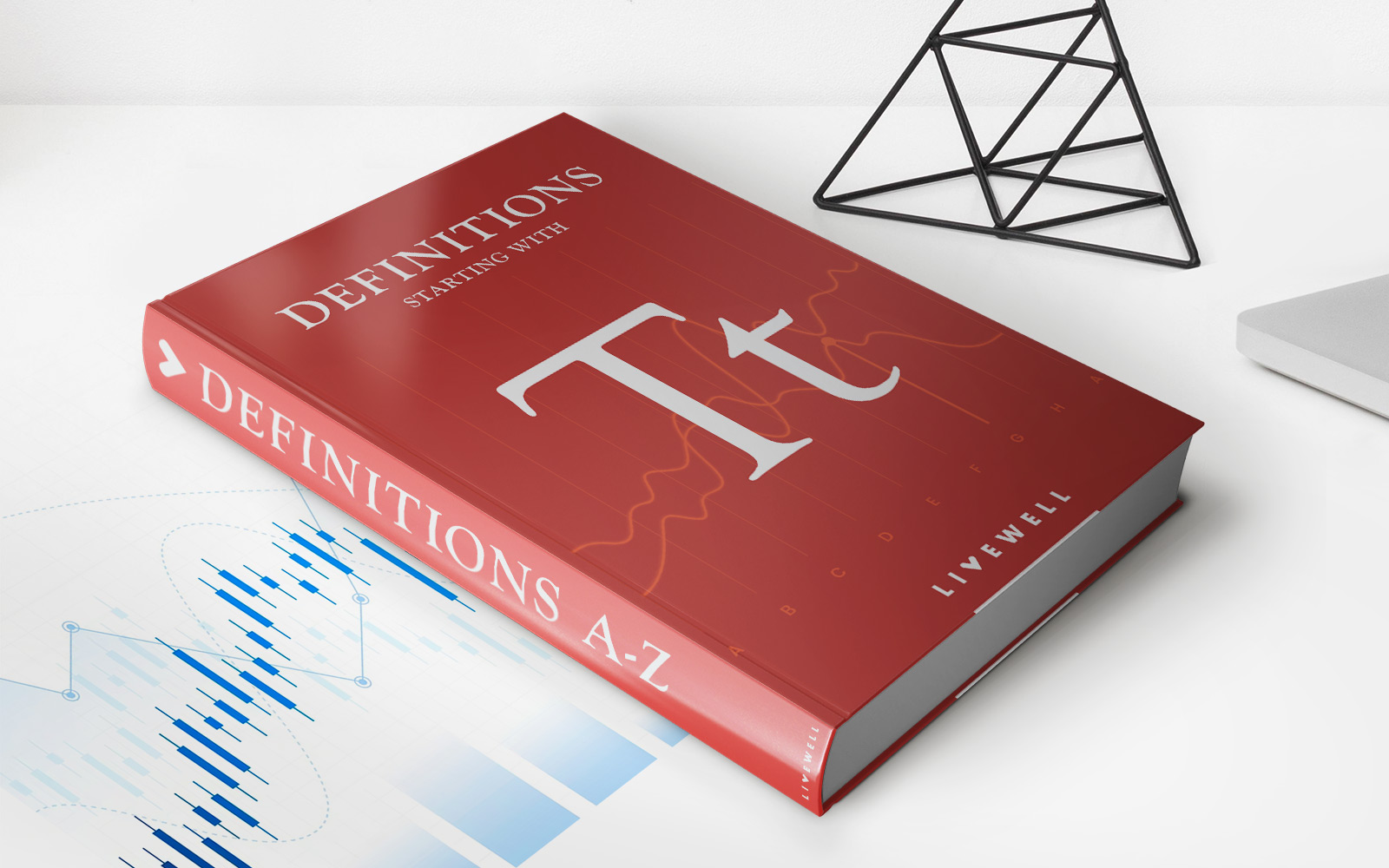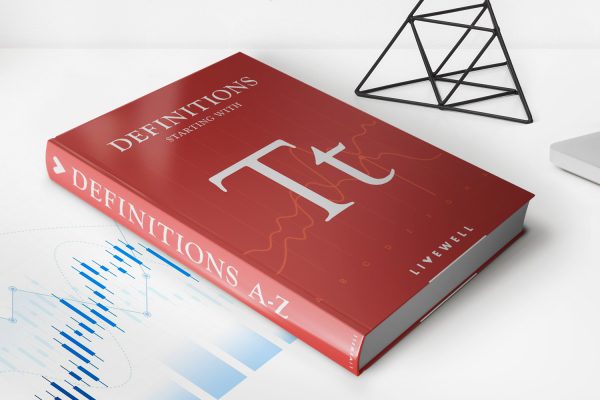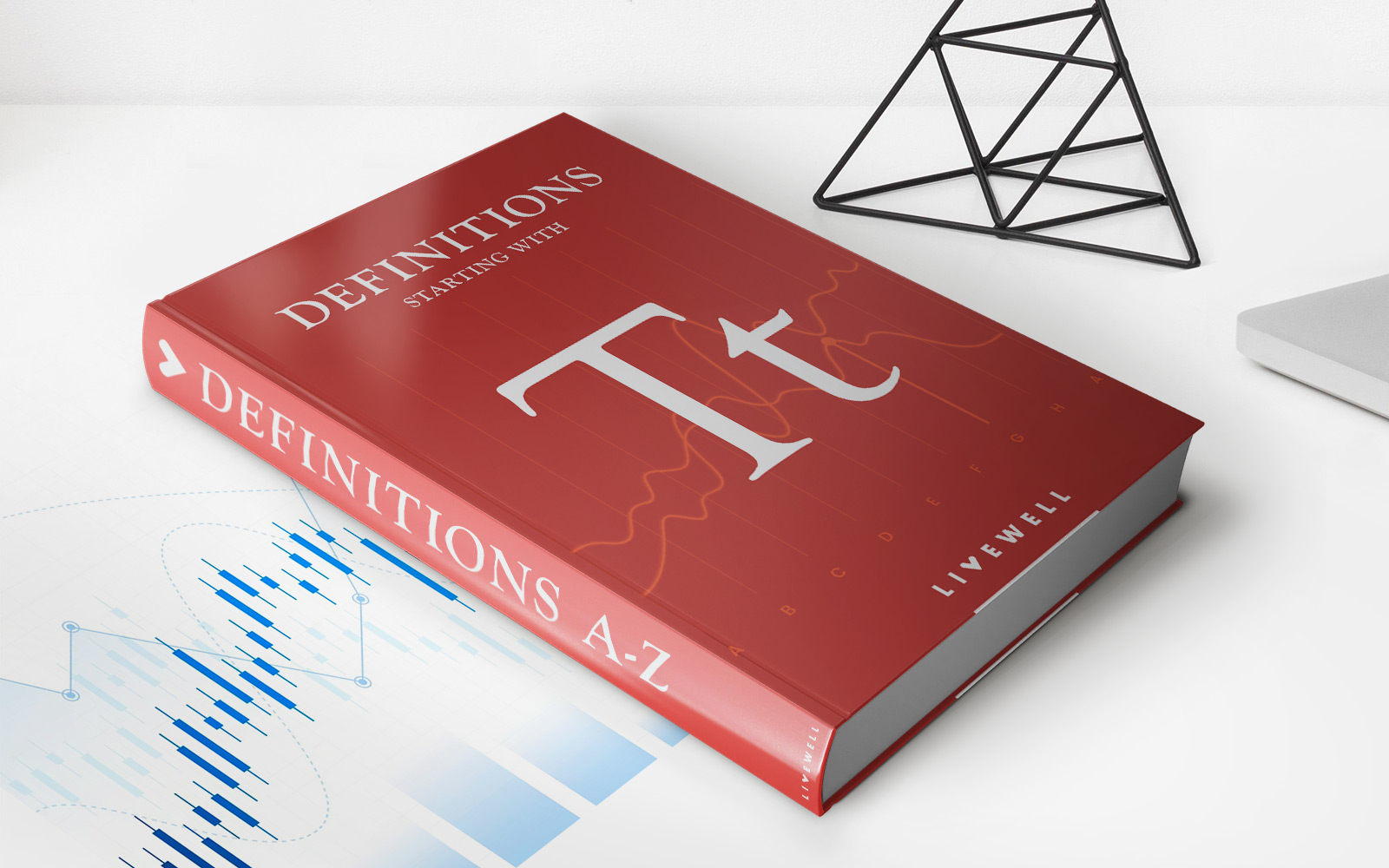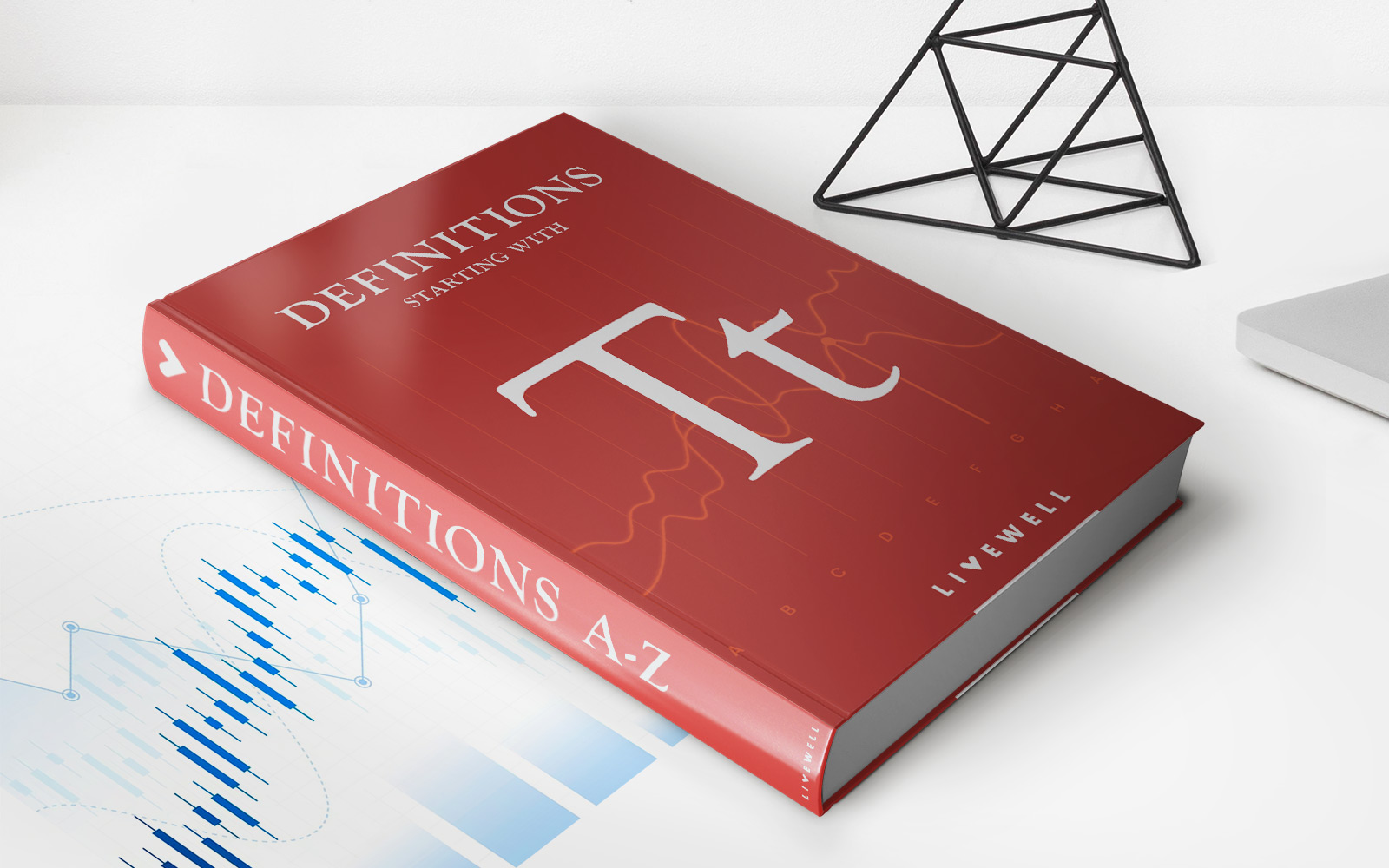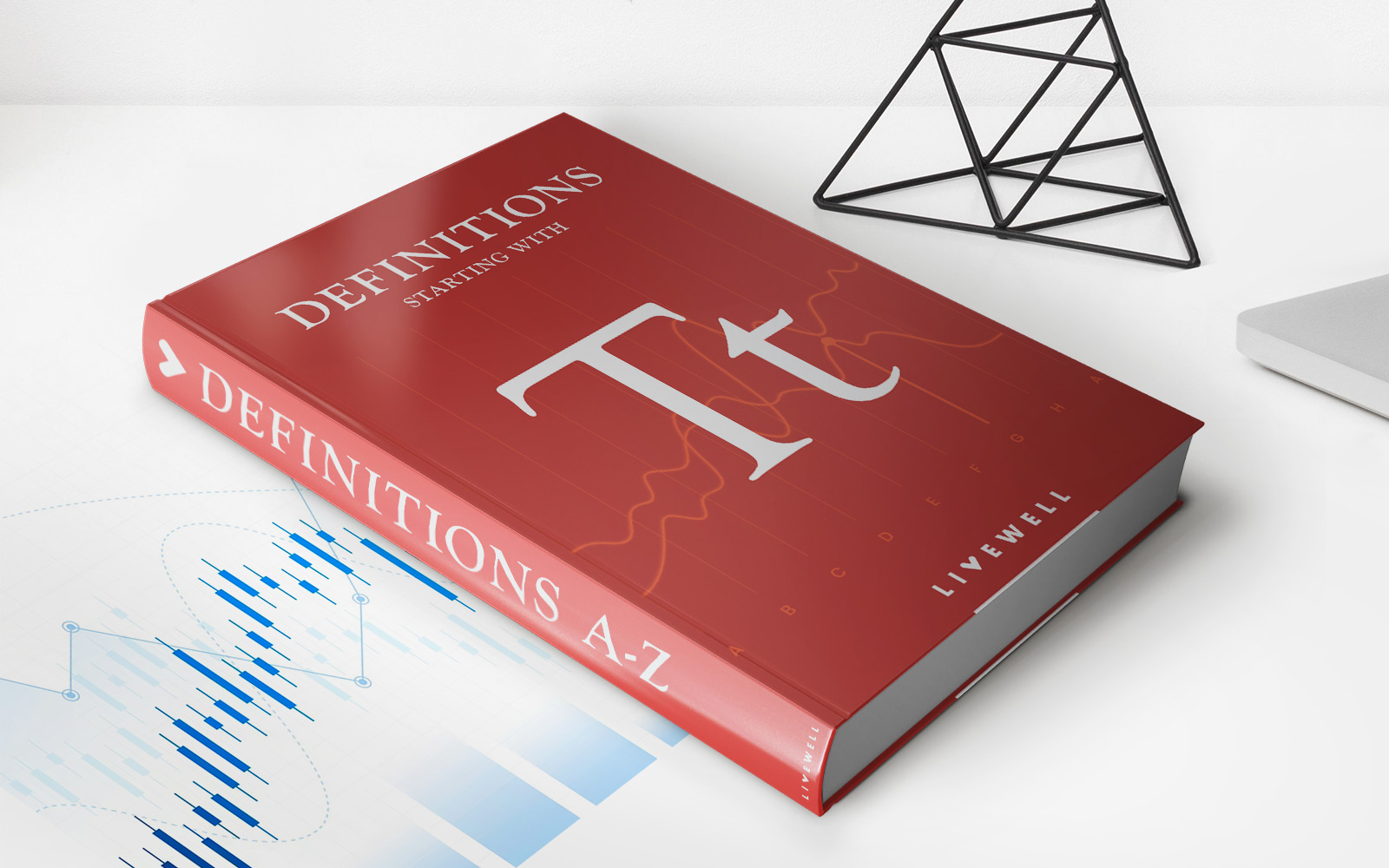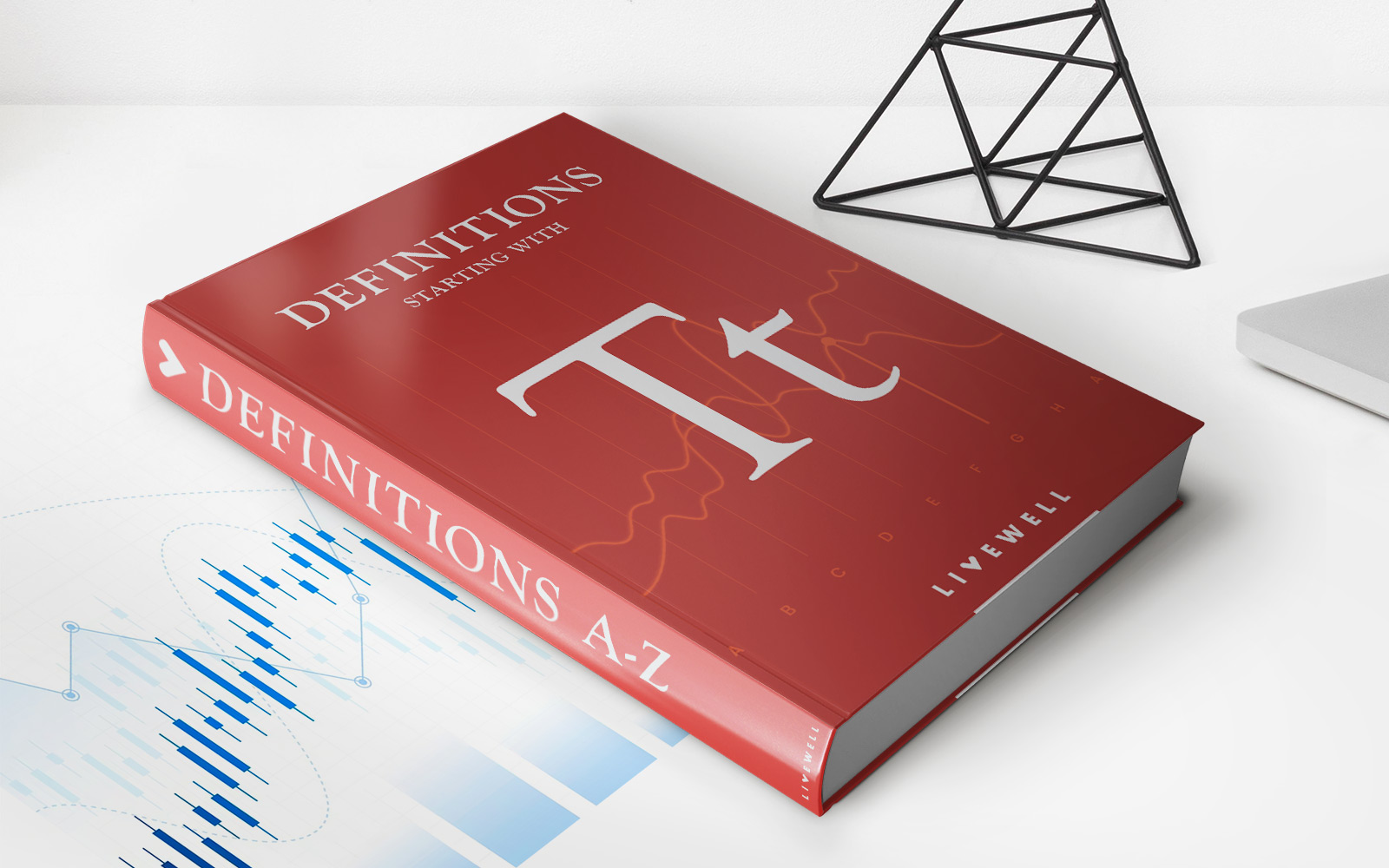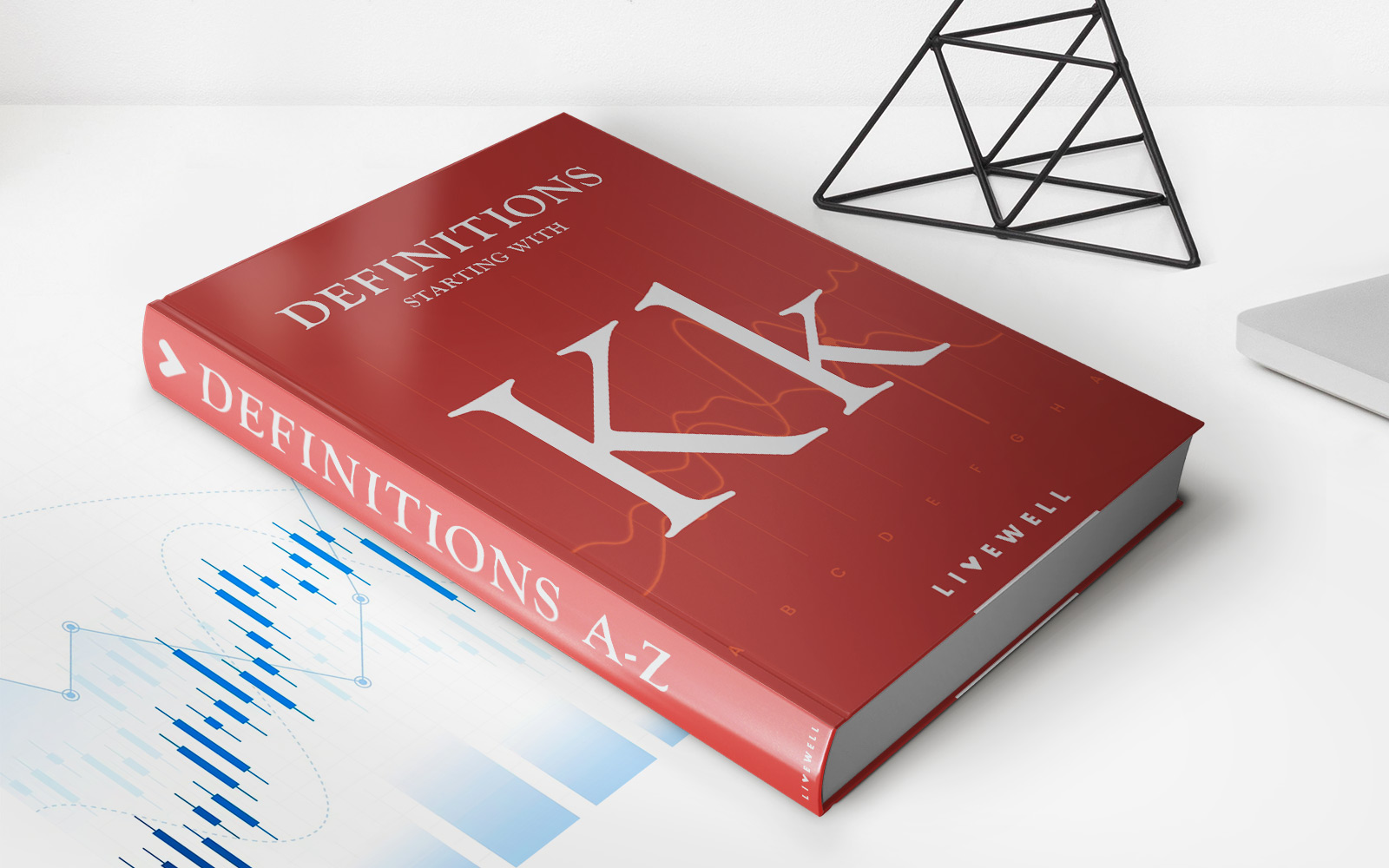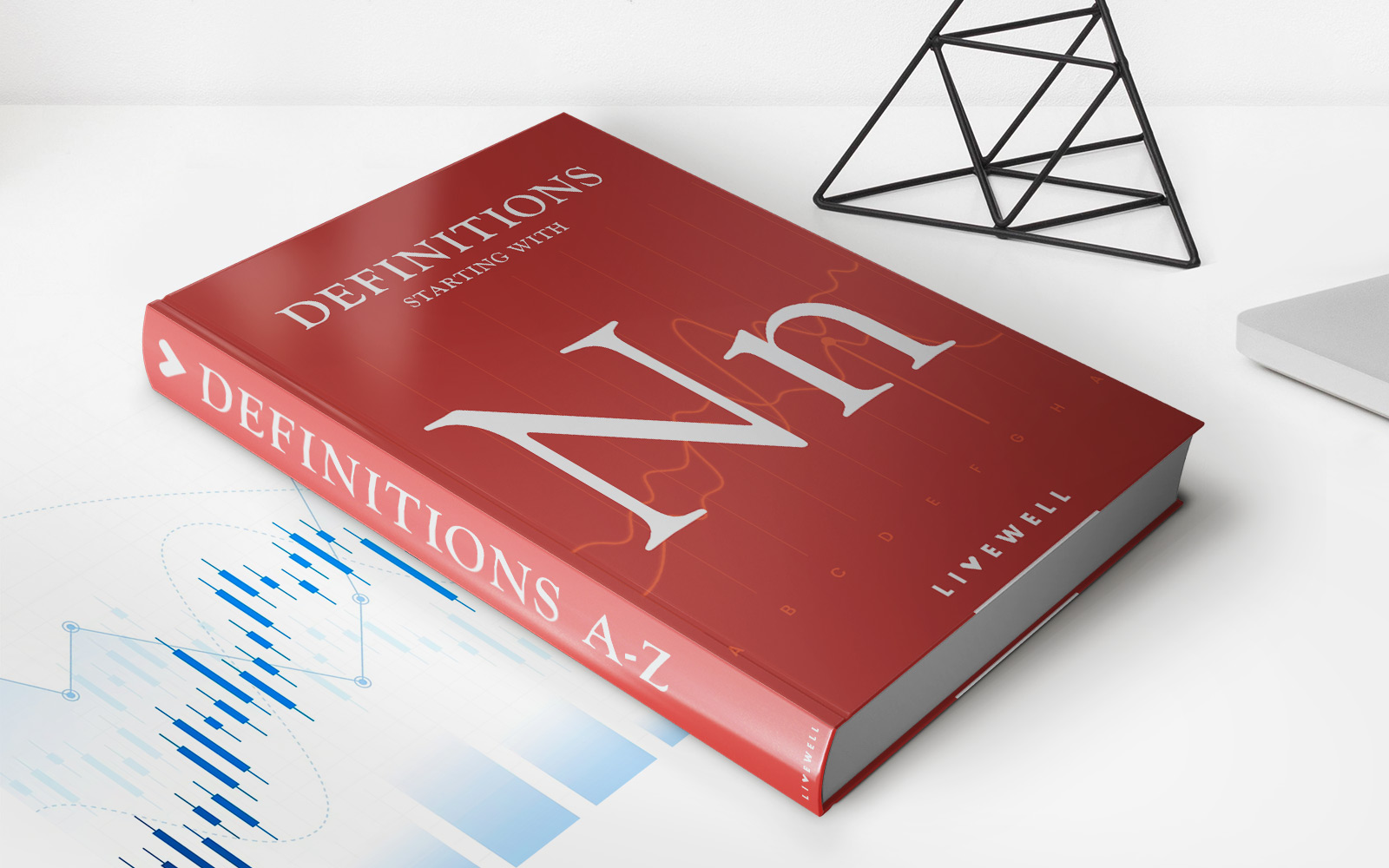Home>Finance>Treasury STRIPS (T-Strips): Definition And How To Invest


Finance
Treasury STRIPS (T-Strips): Definition And How To Invest
Published: February 11, 2024
Learn about Treasury STRIPS (T-Strips) in finance: definition, investment strategies, and how to invest wisely.
(Many of the links in this article redirect to a specific reviewed product. Your purchase of these products through affiliate links helps to generate commission for LiveWell, at no extra cost. Learn more)
What are Treasury STRIPS (T-Strips)?
If you’re looking for a low-risk investment option that offers a fixed return, Treasury STRIPS (Separate Trading of Registered Interest and Principal of Securities) or T-Strips, could be a great option for you. These unique investment instruments are created by separating the interest and principal components of U.S. Treasury bonds.
Key Takeaways:
- Treasury STRIPS (T-Strips) are a unique investment instrument that allows investors to profit from the difference between the purchase price and the maturity value of U.S. Treasury bonds.
- T-Strips do not pay any interest but are offered at a discount to face value and mature at face value.
So, how do T-Strips work? When you purchase a T-Strip, you are essentially buying the right to receive the future cash flows from a Treasury bond. Unlike regular Treasury bonds that pay interest semi-annually, T-Strips do not pay any interest. Instead, they are offered at a discount to face value and mature at face value, giving investors the opportunity to profit from the difference between the purchase price and the maturity value.
Now that we have a basic understanding of what T-Strips are, let’s look at how you can invest in them:
Investing in Treasury STRIPS
Investing in Treasury STRIPS can be done through either the primary market or the secondary market.
1. Primary Market:
- The primary market is where newly issued T-Strips are bought directly from the U.S. Department of the Treasury through an auction.
- To participate in a Treasury auction, you can visit the TreasuryDirect website and create an account.
- Once you have an account, you can submit bids for T-Strips with different maturities and coupon rates.
- Successful bidders will be awarded T-Strips at the offering price determined by the auction.
2. Secondary Market:
- If you missed out on the primary market or prefer to buy T-Strips that are already in circulation, you can invest in the secondary market.
- The secondary market refers to the buying and selling of T-Strips among investors.
- You can purchase T-Strips from a brokerage firm, bank, or online platform that offers Treasury securities.
- Before investing in the secondary market, be sure to research the current market prices and transaction costs.
It’s essential to note that while T-Strips are backed by the U.S. government, they are not exempt from taxes. The interest from T-Strips is subject to federal income tax, but exempt from state and local taxes.
As with any investment, it’s crucial to carefully consider your financial goals, risk tolerance, and consult with a financial advisor before investing in T-Strips. While T-Strips offer a low-risk investment option, they may not be suitable for everyone.
In Summary
Treasury STRIPS (T-Strips) are unique investment instruments that allow investors to profit from the price difference between the purchase price and the face value at maturity. They offer a fixed return and are considered a low-risk investment option. Whether you choose to invest in the primary market or the secondary market, conducting thorough research and seeking professional advice is a wise approach to make informed investment decisions.


